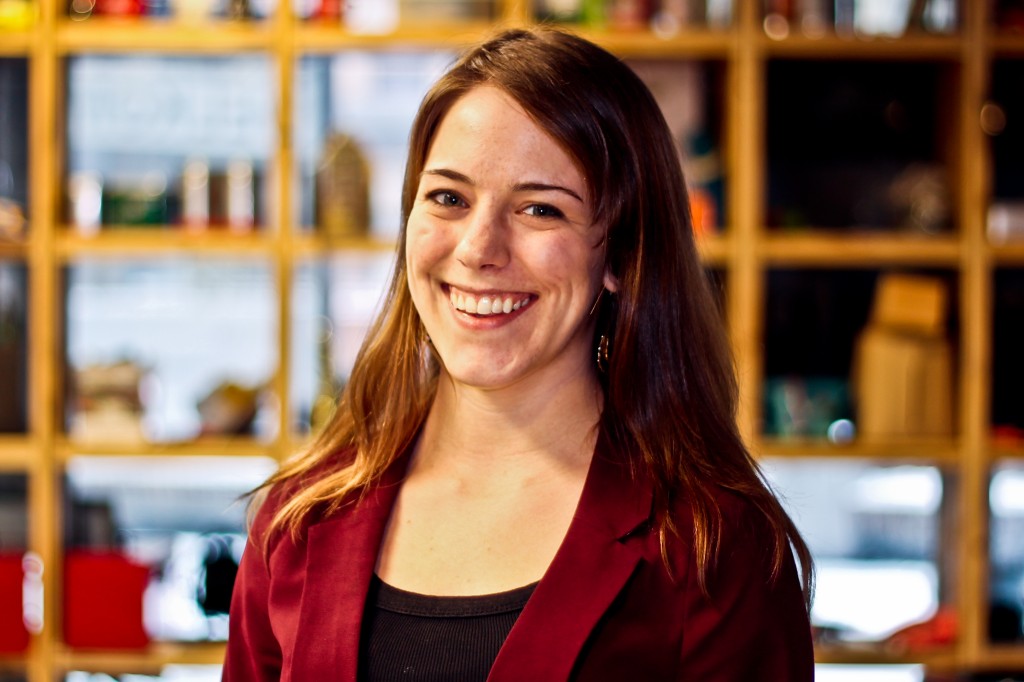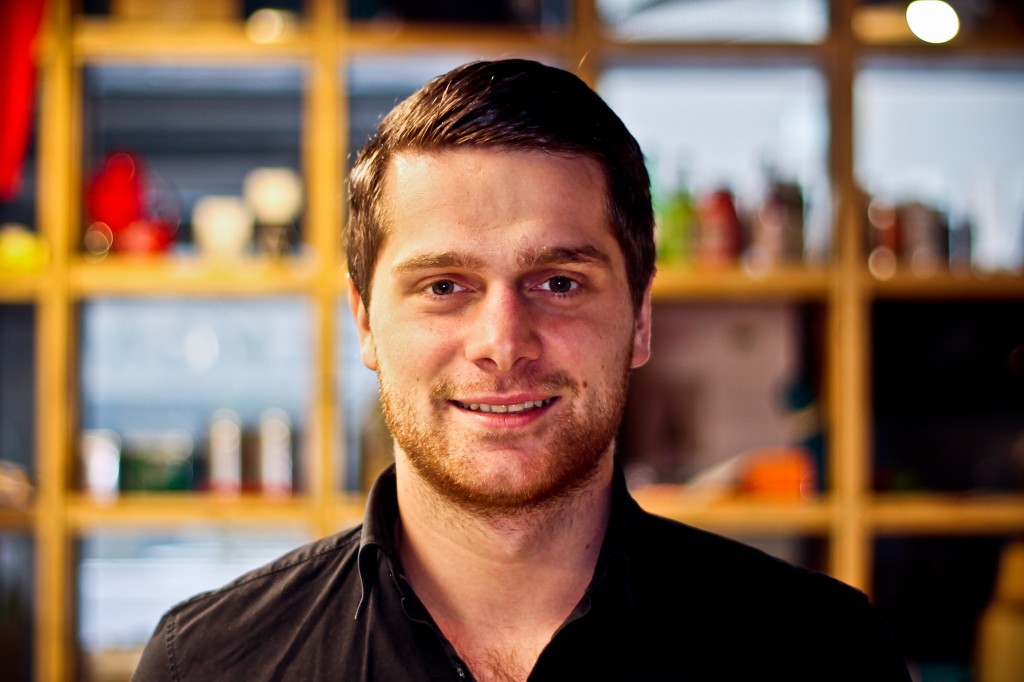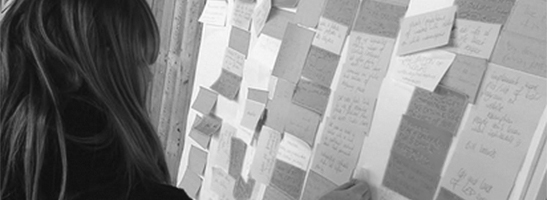Workshop brainstorming
Despite his tendency for slapstick humor and making Darth Vader impressions, our morning session on Design Thinking and Brainstorming with 2011 HvA teacher of the year Charlie Mulholland was a smashing success. With his background in the marketing world, the Irishman taught us that a common way to name the needs and wants of a customer are problems. Challenging us to define our stakeholders and why they care about our project.
Problem definition leads to divergent thinking, which eventually must lead to convergent thinking in order to make sense of the “loads of crazy ideas” that are generated during the divergent phase. Charlie showed us a graphic he snagged from TU Delft’s Marc Tassoul to demonstrate that the process of clustering and categorization directly after the divergent phase leads to a better selection of the best ideas.
Charlie says: “An IDEA on it’s own is not enough. Neither is creativity. The difference between creativity and innovation is that creativity is just an adjective. Innovation is an action that turns creative ideas into reality through design”. These creedos will be especially useful, especially considering we’re entering the Twilight Zone of the concepting phase, what those familiar with design thinking would call “the ill-defined problem”.
During the workshop Charlie introduced the 5 W’s and 1H method to help us redefine the problem from the perspectives of all of our stakeholders. By brainstorming out loud as a team, we triggered our brains to think of other options than if we were trying to do the same activity alone silently. The most important rule for any brainstorming activity is that there is no critique or evaluation of ideas. Of course, after this is over, there has to be a critical convergent phase – otherwise all the ideas that came out of brainstorming are essentially useless.
Defining our stakeholders and our interests led us to see our problem in new ways. Although it seemed childish at the outset, asking WHY that particular stakeholder would think that way several times in rapid-fire succession allowed us to uncover additional viewpoints that will be valuable in documenting our user (stakeholder) requirements. Of course Mr. Mulholland gave each team the assignment to come back next week with their user requirements documented. But he gave each team another task – get inspired; get out from behind the computer screen and provoke our minds with new experiences. We’ll present a mood board of our inspirations with our Part II session with Charlie next week. Needless to say, today was a very exciting start to our Concepting phase!







